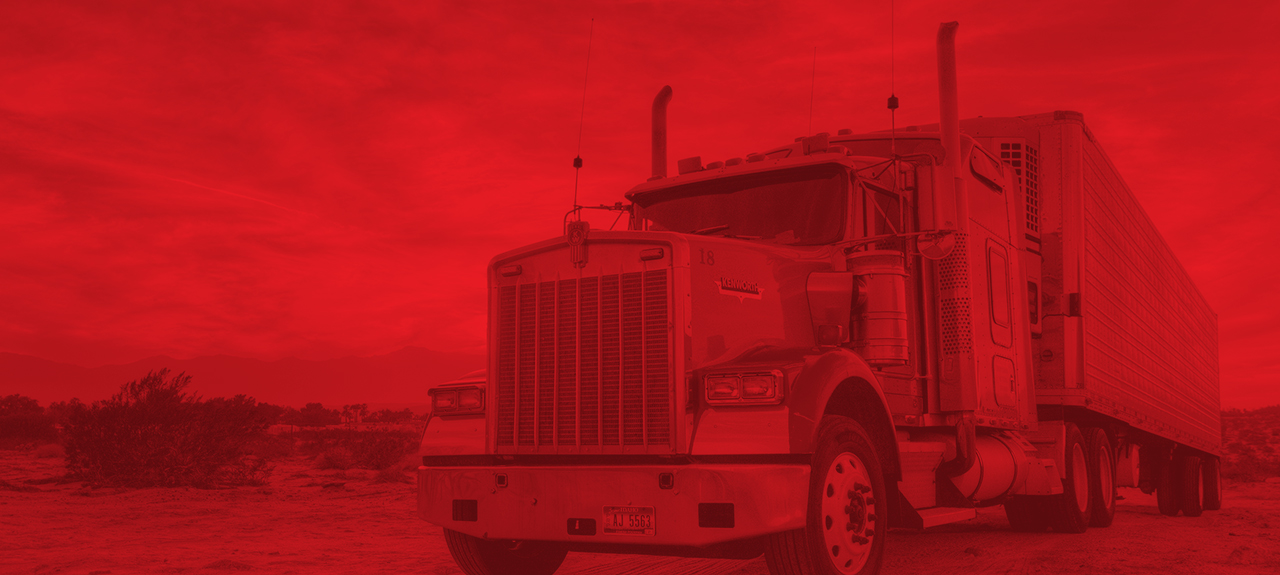The ultimate goal of mobile (or field) marketing is to deliver a highly immersive experience, one that is rarely recreated or duplicated by other media platforms. Paired with trained field staff that emulates brand values and mission, mobile programs allow consumers to touch, feel, taste and ultimately experience the product. Switch is constantly hiring and managing marketing folks for various client programs that reach hundreds of cities, so we also manage all vehicles used in the field. Because we often purchase, lease and rent semi-trucks and tractor-trailers to transport equipment and branding assets across states, Switch is classified as a Motor Carrier. This means we’re subject to the myriad of regulations and processes outlined and enforced by the Federal Motor Carrier Safety Administration.
Rigid Rules in HOS Logs
From proper exterior labeling to thorough documentation of work hours, DOT Compliance laws are vast and rigid. Strict regulations known as Hours of Service (HOS) are in place to control the maximum number of consecutive hours and days an employee is allowed to operate a vehicle. To enforce these policies, Motor Carriers are obligated to log hours and reserve the data for six months. The stacks of binders at my workspace containing years of logged work hours are a testament to the importance of maintaining proof of adherence to DOT laws.
But the current systems are soon to be replaced with modern efficiency. Though legislation is not yet finalized, Congress is moving toward introducing a law that requires all motor carriers to transition to completely a paperless HOS logging process within two years. This means the end to all log books and the mandatory implementation of E-Logs (Electronic Logs). For the traditional Motor Carrier, it means the purchase and installation of satellite tracking equipment and the software that supports it.
The Cost of Transitioning to E-Logs
If you’re thinking, “Man, that sounds like quite the undertaking,” you’re right. While most Motor Carriers have the advantage of a defined number and style of vehicles, Switch’s situation is a little different. The vehicles we purchase, rent, and lease are specifically selected based on the brand we’re marketing and the program we’re activating. These vehicles can range from a compact sedan to a tractor/semi-trailer combination … and the ability to provide each of these vehicles with E-Log equipment can get complicated. Some vehicles are only leased or rented for short periods (months) whereas others are leased/rented annually and all are subject to different DOT Compliance requirements.
Though many folks in the industry are resistant to change, a lot of organizations are already making to move to E-Logging. So let’s take a look at how we would make the switch (pun intended). As an example, let’s say we want to deploy a 3500 series pickup truck that will pull a trailer for a 6-month mobile marketing operation. To tap into the require E-logging capabilities, we’ll have to check a few boxes off:
1. Install the “black box”
A quick search on Google will lead you to countless options of a device known as the “black box,” which plugs into a truck’s on-board diagnostic (OBD) port. Similarly to how service technicians can tap into your vehicle’s system to read fault codes, the black box communicates the whereabouts and health status of a truck to your electric logging device.
2. Purchase the “Electric Logging Device” (ELD)
The black box relays vehicle info to the ELD, a digital logbook that records HOS in real time and communicating activity to E-Log system provider. Most providers offer this device for purchase, but Apple or Android mobile phones and tablets purchased from any authorized point of sale are also accepted.
3. Earn training certification and service fee from the E-Log service provider
I would suggest having your DOT Compliance Officer receive the certification so he or she can then train field staff. This will save on costs, as the fee for individual driver training by service providers can be as high as $350 per driver.
DOT Compliance may not be as exciting as some of the other services we offer here at Switch, but it’s a significant part of mobile operations. And with our in-house driver-training program, mobile marketing specialists can earn Class A and Class B Commercial Driving Licenses. This certification empowers field staff to take control of event logistics, ultimately maximizing the efficiency of a program.
Without a firm handle on interstate logistics, we’d be putting clients and ourselves in jeopardy. Switch represents a teeny segment of the trucking industry – yet we’ve already experienced three federal DOT audits (all passed with positive comments, of course!) So if CMVs are part of your marketing plans for 2016 and beyond, don’t be burned by a surprise audit. Keep an eye on the official FMCSA site for updates to the E-logging legislation. Or just give us a call.














